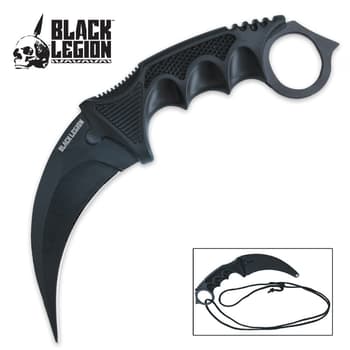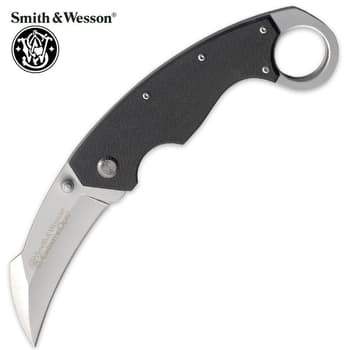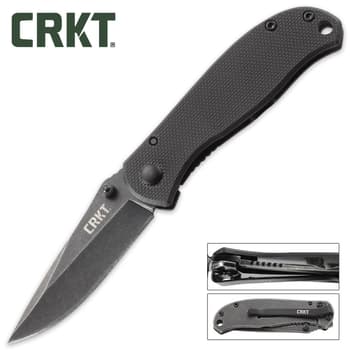Date Published: 2015-06-02
What the Heck is a Karambit?

By Adelia Ladson
Okay, maybe some of you know what a karambit is but I didn’t at first. It was not something that had come across my path until I started blogging for BudK. So, for those of you who haven’t had a chance to use or see one of these exotic looking fixed blades, here’s a little bit about them.


